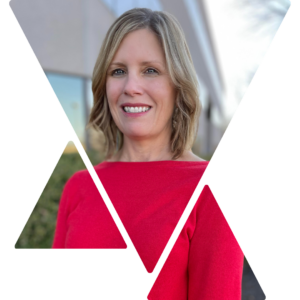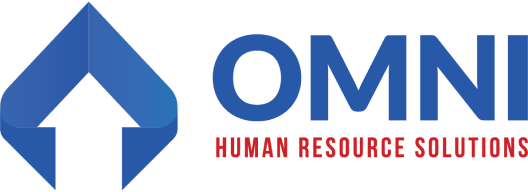In a job market where top candidates have options, the organizations that stand out are those that offer more than just roles—they must also offer growth. Today’s professionals are seeking employers who will invest in their learning, support their ambitions, and provide a meaningful path forward. Attracting high-caliber talent increasingly depends on your organization’s visible commitment to learning & development.
At OMNI, we partner with organizations that understand the value of growing great people. Here are four ways to build and communicate a culture of continuous development that helps you stand out to top candidates.
1. Emphasize Professional Development Programs in Your Recruitment Process
Too often, professional development is treated as an internal perk rather than a recruitment tool. But for today’s candidates—emerging leaders and experienced professionals alike—knowing that your organization invests in training, coaching, and leadership development can be a deciding factor.
In your job postings, highlight specific development programs and learning opportunities. During interviews, talk openly about how your organization supports ongoing education or provides funding for certifications, licenses, or degrees. Feature testimonials from current employees who have taken part in internal academies, mentorship cohorts, or executive coaching. These details make your commitment to growth tangible.
Example: A nonprofit healthcare organization could make their structured professional development program a focal point of their employer brand. As candidates align with the organization’s growth mindset, the potential for a higher quality applicant pool of highly motivated individuals increase significantly.
2. Highlight Upskilling and Career Advancement Opportunities
Upskilling is no longer optional—it’s essential. Whether through cross-training, shadowing, or stretch assignments, your organization can build a strong internal talent pipeline and retain high performers by investing in their skillsets.
Make sure your hiring process communicates how your team supports skill-building. Highlight opportunities for employees to learn new technologies, gain industry certifications, or expand their responsibilities through formal advancement programs.
Candidates want to know: “What will I learn here? Where can I grow?” If your team can answer that clearly, you’ll set yourself apart.
For a deeper dive into nurturing leadership internally, check out Developing Tomorrow’s Leaders: Building Leadership from Within, which outlines how to identify high‑potential talent and provide mentoring, coaching, and development tracks.
Example: A professional services firm might build internal advancement tracks for client-facing roles. As a result, they could improve retention and attract early-career professionals eager to grow into leadership.
3. Share Real Stories of Employee Growth
Nothing builds credibility like a real success story. Showcasing how your current team members have grown and advanced demonstrates that your organization doesn’t just talk about development, but that you actually make it happen.
Feature employee spotlights on your website or LinkedIn page that highlight promotions, skill milestones, or career pivots. Include stories in recruitment materials and candidate interviews that show a clear pattern of internal growth. This signals to candidates that your organization walks the talk.
Example: A manufacturing company might feature a frontline employee who advanced to a supervisory role through an internal upskilling initiative. Sharing this story could help the company connect with candidates who previously assumed limited mobility in the sector, expanding their talent pool.
For more practical examples, read Winning the Retention Battle: Engagement Strategies That Work, which highlights how employee engagement strategies can support both retention and talent attraction.
4. Use Career Mapping Tools to Show Clear Paths Forward
The absence of a clear career path is one of the most common reasons employees disengage or leave. Career mapping tools—whether simple flowcharts or robust digital platforms—help candidates (and current team members) visualize what’s possible within your organization.
Integrate these tools into your recruitment conversations. Show where a role can lead and what support is in place to get there. Mapping out a potential trajectory not only motivates candidates but shows your organization is intentional about growth and succession planning.
Example: A growing education nonprofit could develop a career framework that outlines distinct leadership pathways for staff. By incorporating these career maps into interviews, the organization could see stronger candidate alignment and increased retention.
OMNI Can Help
Candidates today are asking bigger questions: How will this job grow me? What skills will I gain? Will this organization invest in me long-term?
By embedding professional development, upskilling, career path clarity, and authentic employee stories into your talent strategy, your organization signals that it’s not just offering a job—it’s offering a career that grows.
At OMNI, we help organizations design and promote people strategies that attract purpose-driven candidates ready to learn, lead, and grow.
Partner with OMNI to attract candidates eager for career development and long-term success.

Authored by: Michelle Anderson, Vice President of Executive Search, OMNI Human Resource Solutions

